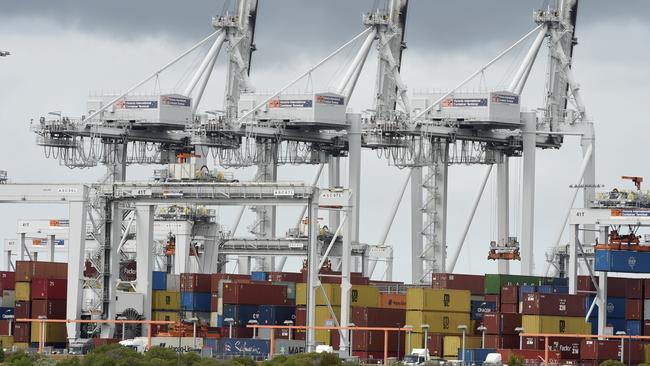How the Department of Agriculture’s biosecurity cost recovery model will be used
Farmers could soon be paying for rent on domestic properties and “corporate employee salaries” under the federal government’s new biosecurity cost recovery model.
FARMERS will be paying for rent on domestic properties and departmental stationary under the federal government’s new biosecurity cost recovery model.
A draft implementation statement has revealed the increased fees and charges would cover a range of inputs “similar to most businesses” – such as rents, salaries and depreciating IT assets – with other “typical expenses” including public servant wages, short-term contractors and travel.
It’s part of the federal government’s new biosecurity funding model, which farmers, importers, taxpayers and international passengers will help pay for. The Department of Agriculture will chip in about $800 million a year, while farmers will contribute almost $48 million a year.
The statement revealed the new fees will cover both direct and indirect biosecurity expenses placed in a cost pool and “allocated to the activity and cost-recovered stream that best reflects the activity undertaken.”

The statement said direct costs covered on-site inspections and assessments while indirect costs “support the effective and necessary provision of our direct expense activity” and include “corporate employee salaries, overheads such as information technology, finance, human resource costs, and indirect capital expenses including plant, property and depreciation.”
The cost recovery reserve balance will be held in a Biosecurity, Imported Food and Export Certification Special Account.
Meanwhile, Horticultural Exporters’ and Importers’ Association chief executive Lesley Shield said in a consultation paper submission that “our members are not averse to paying for a service”.
“But they expect that service to be provided in a timely and efficient manner and is fit for purpose. Currently, our members would say that they are not receiving that service,” he said.
However, despite an incremental increase in fees and changed arrangements due to begin on July 1, the department said that “improvements to services, in particular the clearance of cargo at the border, will not be immediate as recruitment, onboarding and training will take time”.




